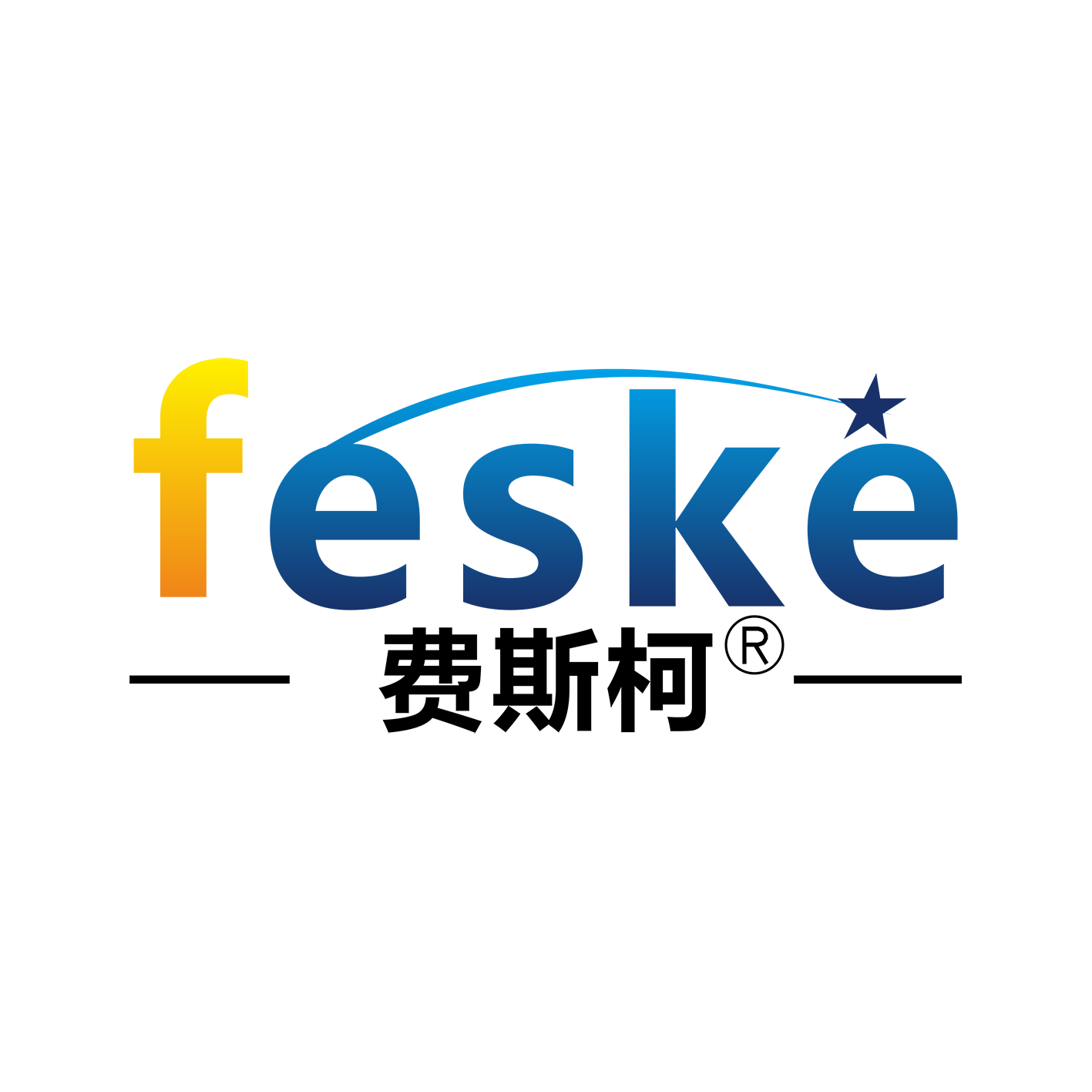The Main Roles of Modular Robots in the Lighting Industry
1. Precision Assembly and Process Optimization
Modular robots utilize high-precision positioning (±5μm) and flexible gripping technology to rapidly assemble tiny components such as LEDs and lenses. For example, in LED light strip production, robots can perform chip bonding, wire bonding, and glue dispensing, achieving a throughput of 1,200-1,500 chips per hour and increasing yield to over 90%.
2. Automated Production Line Collaboration
Multi-device collaboration: Integration with die bonders, reflow soldering machines, and other equipment creates a closed-loop production line. For example, after the robot transfers the LEDs to the soldering station, the glue dispensing machine completes the packaging.
Smart Sorting: A vision system identifies differences in color temperature and brightness within finished lighting fixtures, automatically sorting qualified and defective products and reducing manual quality inspection costs.
3. Special Applications
Special-Shaped Lighting Processing: Flexible robots can bend and grasp curved lampshades or complexly shaped lamp bodies, suitable for products such as crystal lamps and artistic chandeliers. High-risk environment operations: Replaces manual labor in high-temperature molten glass lighting or chemical coating processes, ensuring production safety.
IV. Technical Advantage Comparison
Indicators: Modular Robot Traditional Manual Operation
Positioning Accuracy: ±5μm ±50μm
Production Efficiency: 1200-1500 pieces/hour 300-500 pieces/hour
Applicable Environments: Dust-free/High-temperature/High-risk Conventional Environments
V. Typical Case Studies
Patented Robot: Utilizes an elastic wrapping module and a pressure warning system to achieve non-destructive gripping of LEDs, suitable for high-value decorative lighting fixtures.
Linear Modular Robot: Completes the handling, inspection, and packaging of lighting components in unmanned workshops, supporting customized production line configurations.
Through modular design and intelligent control, modular robots have significantly improved automation levels and product consistency in the lighting industry.


